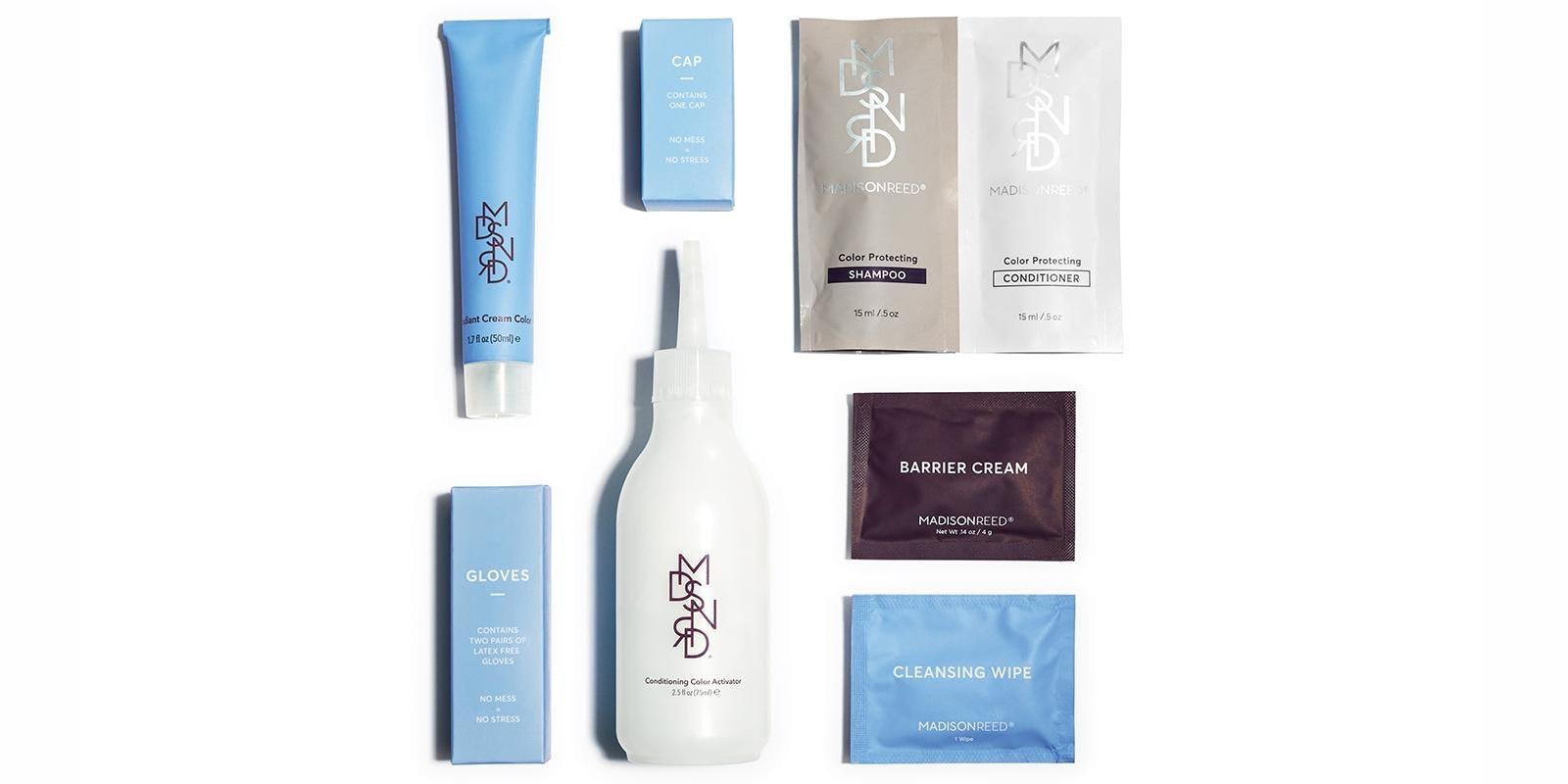All About Ammonia-Free Hair Color
by Dr. Zoe Diana Draelos, MD June 23, 2021

Image by Madison Reed
Here at Madison Reed, it is always our goal to give you the best, most accurate information on hair color + care, which is why we are working with a research and clinical board-certified dermatologist, Dr. Zoe Diana Draelos, MD. Recently, we asked Dr. Draelos how to care for colored hair from a scientific standpoint. Here is her esteemed answer...
Coloring your hair with permanent hair dye involves a complex chemical reaction that occurs inside the hair. This reaction requires a variety of chemicals to achieve the final color result. One chemical that has been used in permanent hair color for many years is ammonia. It is used in hair coloring to open the outer covering of the hair shaft (known as the cuticle), allowing the hair color dyes to penetrate into the inner portion of the hair shaft (the cortex) where the color remains. Unfortunately, ammonia has a very pungent smell, accounting for the bad odor of most permanent hair color.
A newer ingredient, chemically known as monoethanolamine, or MEA, can be used as a replacement for ammonia in permanent hair color. It does not have the odor of ammonia and does not cause eye or respiratory irritation as readily as ammonia. Rather, MEA functions as an alkaline agent, just like ammonia, to lift up the protective cuticle on the outside of the hair shaft and allow the permanent dye to enter the hair shaft and work. Because it is a large molecule, MEA cannot penetrate the scalp or reach the follicle from which the hair grows.
MEA is a more expensive ingredient than ammonia and is therefore found in higher end, higher quality hair color products. Remember that any hair dye (whether formulated with ammonia or with MEA) permanently alters the hair shaft. Keep the permanently dyed hair in optimal shape to avoid hair breakage. This includes avoiding pulling or stretching color-treated hair, especially when wet, and avoiding coloring on top of previously colored hair.
Originally Published: 10/7/2019
Updated: 6/23/2021

